In the back area of the Vancouver Aquarium, the part the public doesn’t get a chance to see, the jellyfish are doing their thing. Call it the jellyfish roll, which is pretty much exactly what’s happening.
In large circular tanks, called kreisel (full circle) or pseudokreisel (half-circle), different sizes and species of these gelatinous creatures are rolling ’round in slow loops. The tank corners are rounded so the jellies don’t get stuck in a 100-animal pileup. There is something positively mesmerizing about this gentle cycle.
Some jellyfish species are tiny, the colour of muted silver, nickel or palest mauve. The shapes are mostly what you’d expect: roundish or bell-shaped with fringy bits. Some jellyfish possess long trailing tentacles, dark orange in colour. Sometimes, these tendrils get tangled together and break off. Which explains the fragmented pieces floating in the water.
But these tendrils grow back, explains Jenna Macleod, one of the aquarium’s jellyfish experts. The jellyfish’s ability to regenerate parts of themselves is only one aspect of the animal’s physiognomy that is being studied. Their bioluminescent abilities are also of interest to researchers. What more can we learn from these humble jellies about inhabiting the planet with lightness, grace and the ability to regrow an arm or a leg? How about the origins of life on Earth?
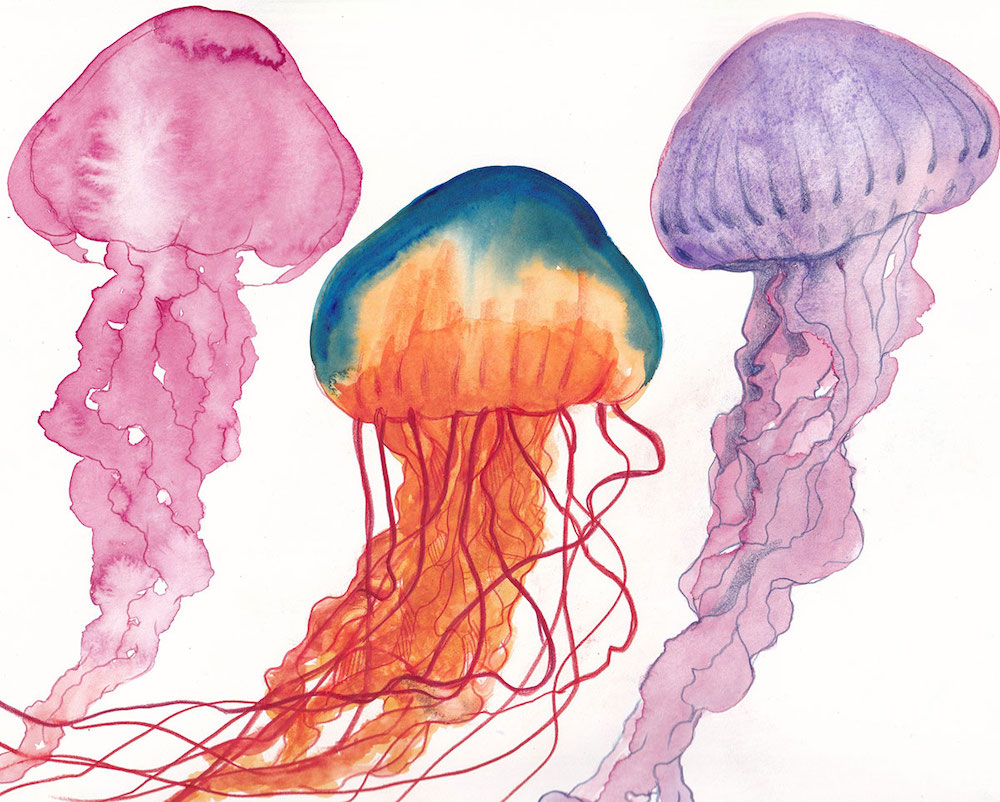
In an article from Caltech Magazine, the various studies being undertaken with jellyfish include investigating how they evolved differently from other planetary inhabitants. “Over 580 million years ago, while Earth was thawing from extensive glaciation, primitive nervous systems began to appear in animals. It was then that a sort of schism of evolution happened: on one side, the decentralized nervous systems of cnidarians like sea anemones, coral and jellyfish, and on the other, essentially everything else, with a few exceptions.”
As one of the most successful species on the planet, jellyfish range around the globe in a gelatinous continuum. They may be addressed colloquially as jellies, but their correct scientific title is subphylum Medusozoa, of the phylum Cnidaria.
Despite their somewhat fragile appearance, jellies possess a variety of capabilities to capture prey and avoid becoming prey themselves. Venomous cells called cnidocytes are common in most jellies. Macleod says she’s been stung plenty of times, but with small species, it’s no big deal, far less painful than a bee sting. With larger species, the danger can be more significant. You don’t want to run into a Portuguese man-of-war in an open stretch of ocean.
For such a humble ocean creature, jellies have adapted to almost every part of the ocean. In the waters off the Pacific coast, they are so ubiquitous it’s almost a little unexciting, but up close and personal, they are still remarkable structures: gossamer but solid, pulsing with movement.
Jellyfish also have a curious lifespan. In their medusa phase, they develop quickly, breed and then die, leaving their offspring to settle into polyp stage, wherein they affix themselves to solid surfaces.
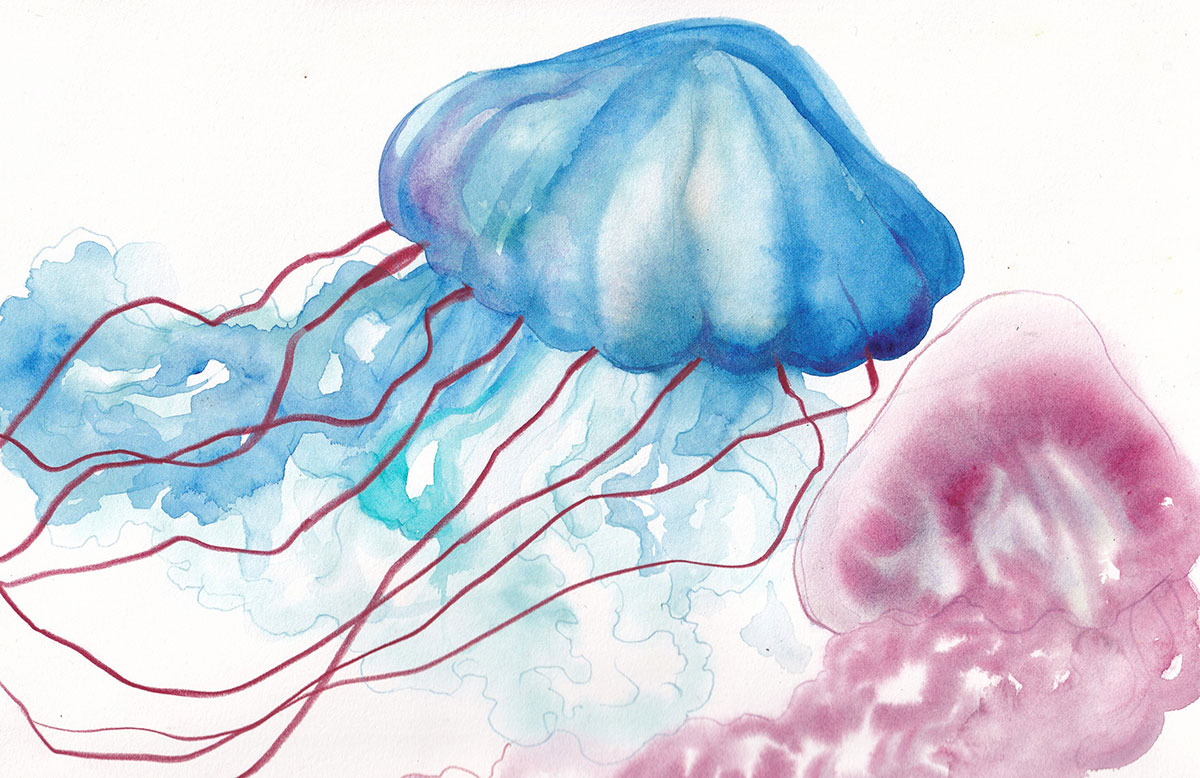
At the aquarium, all of the different species currently on display were born and raised here. The backroom section functions as a sort of nursery, with tiny little polyps growing into fully fledged adults.
In existence for as many as 700 million years, jellyfish are some of the oldest inhabitants of the planet. But new species are still being discovered. At the beginning of the month, an entirely new species came to light. Santjordia pagesi, the St. George’s cross medusa, is so named for its scarlet stomach that resembles a cross. This extremely rare creature makes its home in the Ogasawara Islands, located off the coast of Japan.
The discovery highlights an interesting development, namely that the site where the jellies were found is also a repository of valuable minerals. But as one of the researchers noted of Santjordia pagesi, its unknown characteristics and capacities might be of far greater significance and long-term benefits: “Maybe it holds secrets more valuable than all the mineral wealth that could be extracted from that place. All this with the advantage of keeping the species and the site intact.”
It’s a story that is repeated in perpetuity, even as vast stretches of the planet are denuded in the name of short-term profit.
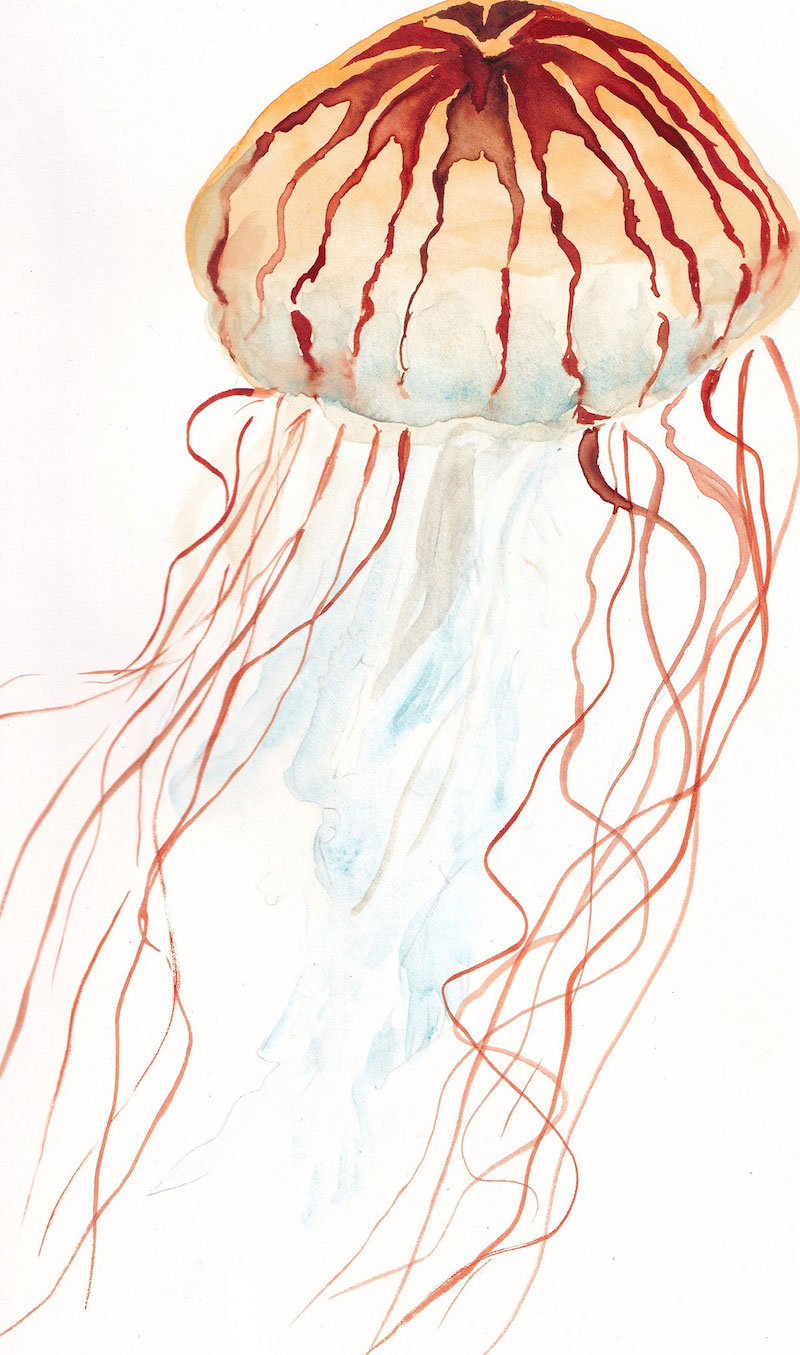
How many species have already vanished is incalculable. But this is where a place like the aquarium is important. It’s a point that is reiterated by animal specialist Delivis Niedzialek, who explains that most media organizations used to have science writers on staff to cover the natural world, but as the media world continues its slow collapse, these positions are often long gone.
As the museums program manager at Ontario’s Little Ray’s Exhibitions, Niedzialek came to the job of public science education by way of multiple areas of study including molecular biology and philosophy of science. He is on site to offer demonstrations of the animals featured in the new Vancouver Aquarium exhibition Monsters of the Abyss.
Monsters pairs fossil records with their contemporary equivalents. In addition to reconstructions of prehistoric behemoths like megalodon, the exhibition offers up living antecedents of the giant ancestors like miniature caimans no bigger than your forearm, snapping turtles, monitor lizards and water cobras.
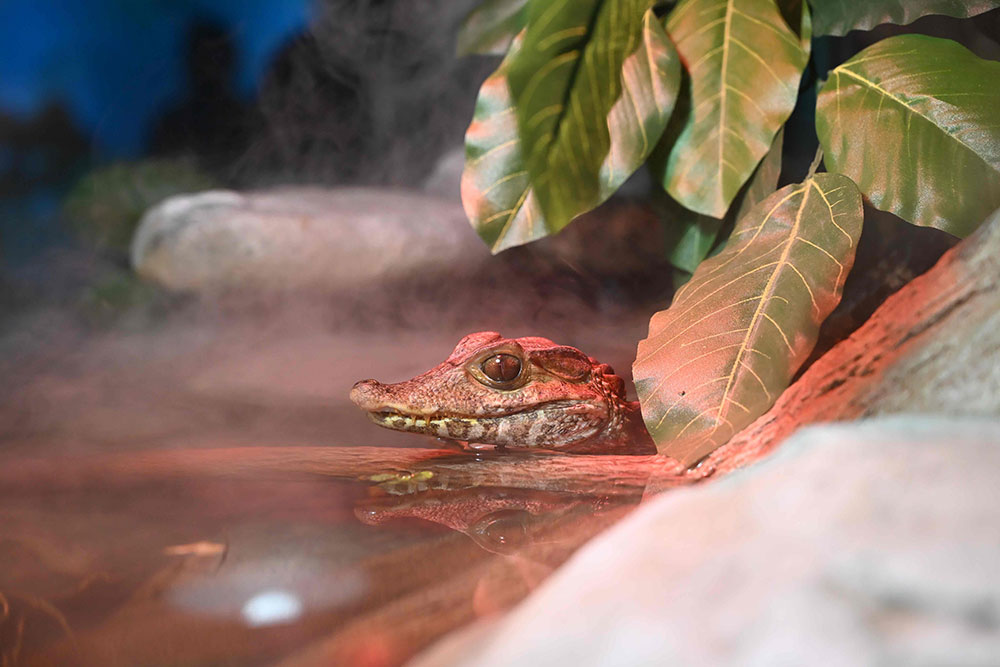
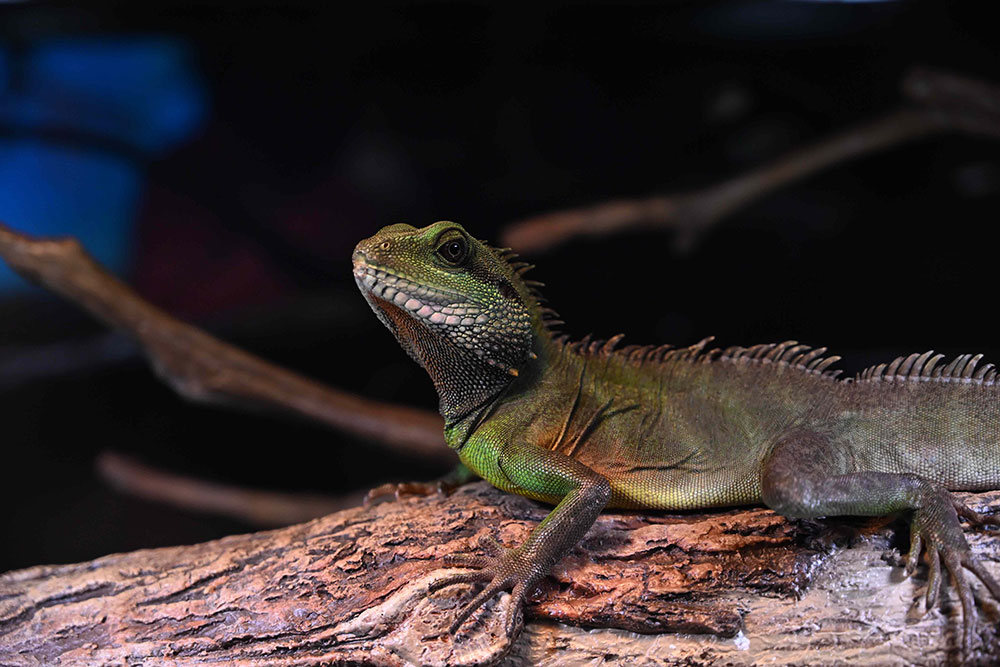
On the morning I visit, Niedzialek is letting people hold a tarantula on the palm of their hand. He gently grips their forearm, just in case there’s a last-minute freak-out and the spider goes flying. Other inhabitants seem less likely to startle people, like the lizard that appears perfectly happy to doze on the shoulder of an aquarium staff member, resembling a sleepy, albeit scaly, baby.
Niedzialek is a veritable font of wild tales, but one of the wildest is the fact that pregnancy tests in humans used to involve African clawed frogs, Xenopus laevis. He explains that in every pharmacy across Canada from the 1930s through to the 1960s, there was a drawer full of frogs waiting to be injected with the urine of a potentially pregnant human. If the frogs laid eggs after being injected, it meant the person was pregnant.
The Atlantic’s Ed Yong wrote of this little-known part of human reproductive technology. Naturally a few of these little guys staged an escape attempt. The idea that there might very well be populations of African frogs in the wilds of Ontario somewhere is not the strangest thing that ever occurred in animal history, but it’s up there.
But back to the calm and tranquillity of the jellyfish section for a moment. While touring about, Jenna Macleod demonstrates what happens when another underwater species called the lion nudibranch is gently poked by a human hand.
The nudibranch, a type of sea slug (scientific name Melibe) gives off a sweet watermelon scent to ward off predators. The smell, designed to be off-putting to other sea creatures, is to humans, at least to this particular human, deeply pleasant, resonant of the marine note that perfumers use to suggest a seaside ambience. It’s pungent but also compelling. At the other end of the long, narrow room, another aquarium worker pipes up: “I can smell it over here!”
Macleod, who started in the aquarium’s education department in 2017, was laid off in 2020 during the pandemic but rehired in 2021 by the Canadian waters and propagation department. As she explains, “CWAP includes several animal care sections, including jellies, and after about a year of helping out in several sections, I was placed in jellies full time.”
The aquarium has gone through some tough times of late, but things are changing with new exhibitions and more action. Even a brief amount of time spent amongst the displays is a reminder that there are so many other forms of consciousness, all busily going about their lives.
Even the simplest of its inhabitants, like jellies, are imbued with beauty. Their fascinating abilities and their capacity to create profound wonderment in the human species are yet another poignant indicator of how extraordinary this old world truly is. ![]()
Read more: Science + Tech, Environment




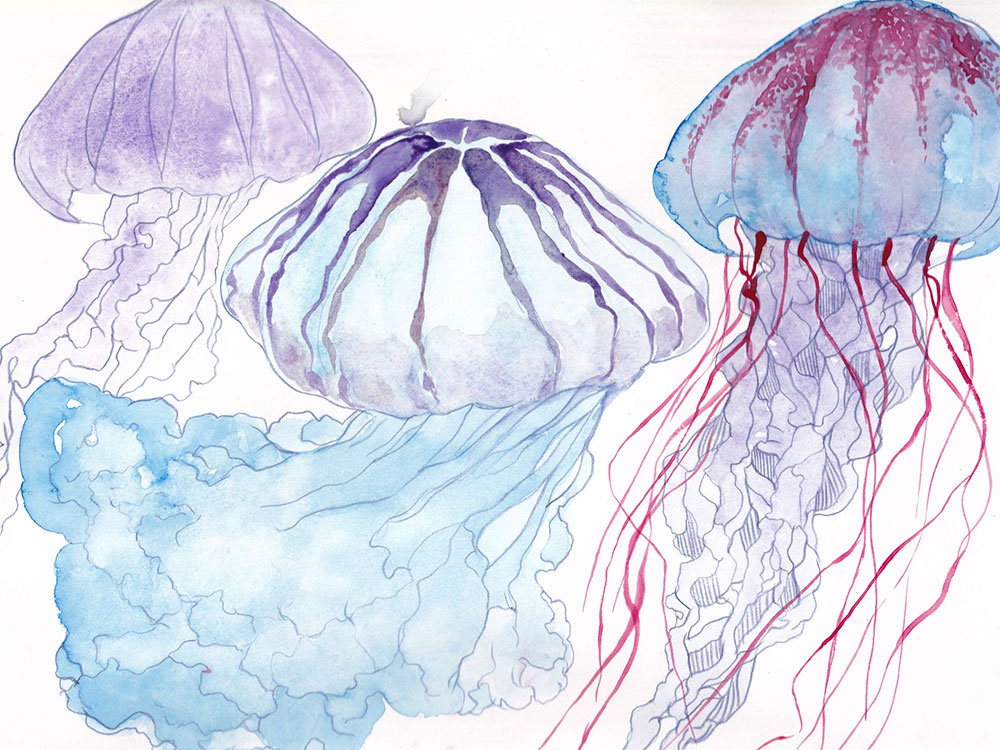











Tyee Commenting Guidelines
Comments that violate guidelines risk being deleted, and violations may result in a temporary or permanent user ban. Maintain the spirit of good conversation to stay in the discussion and be patient with moderators. Comments are reviewed regularly but not in real time.
Do:
Do not: